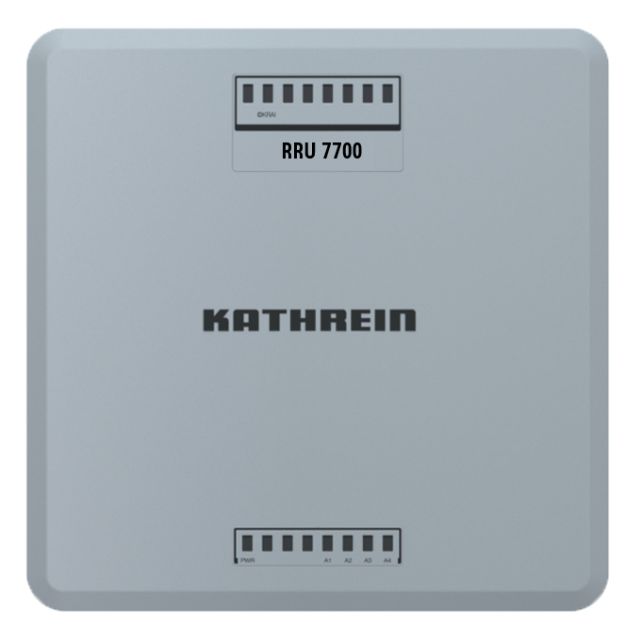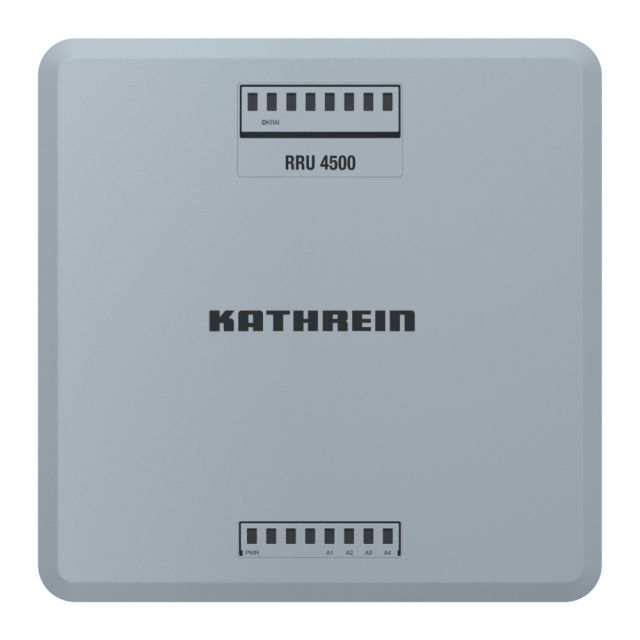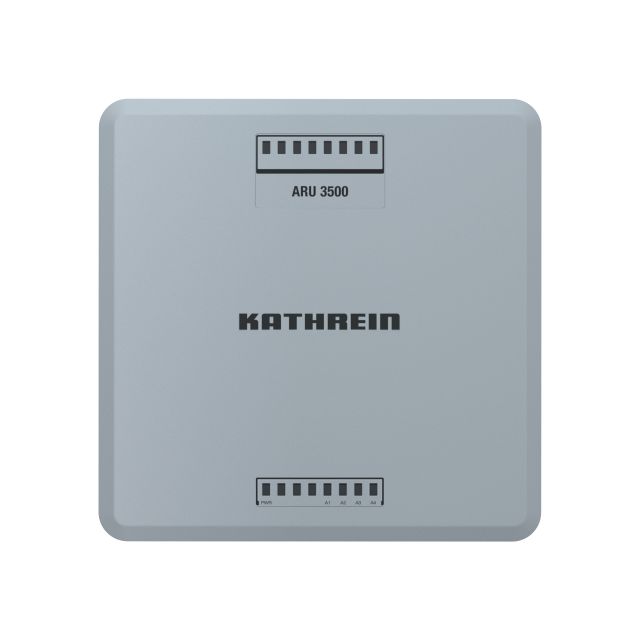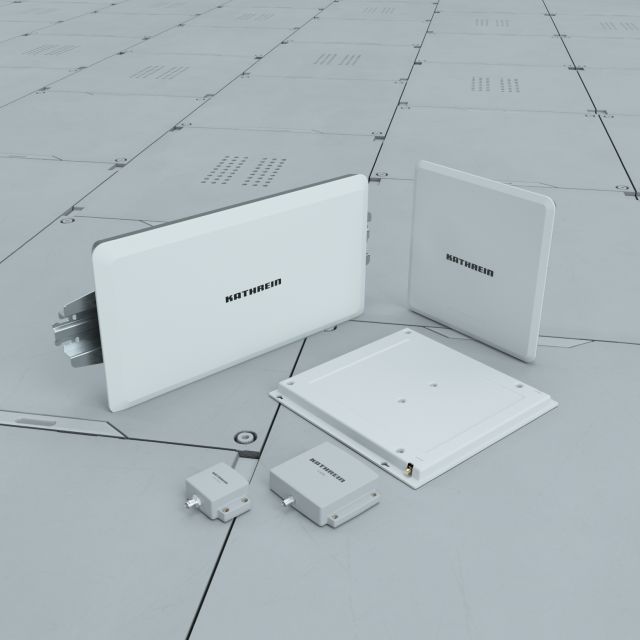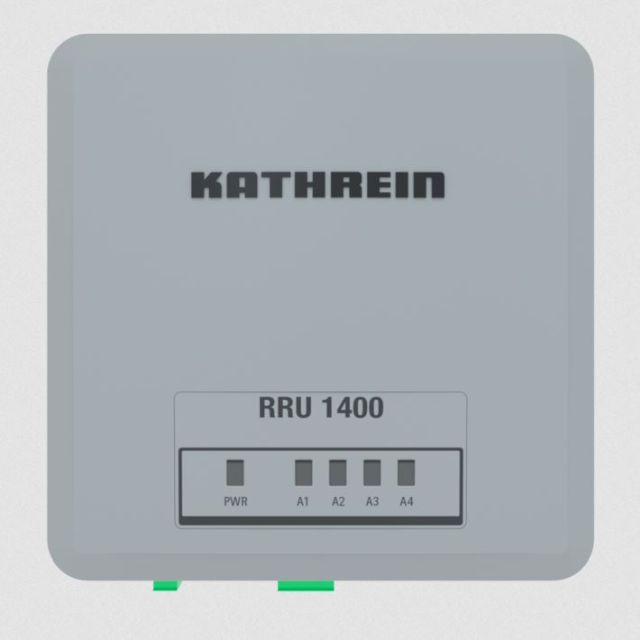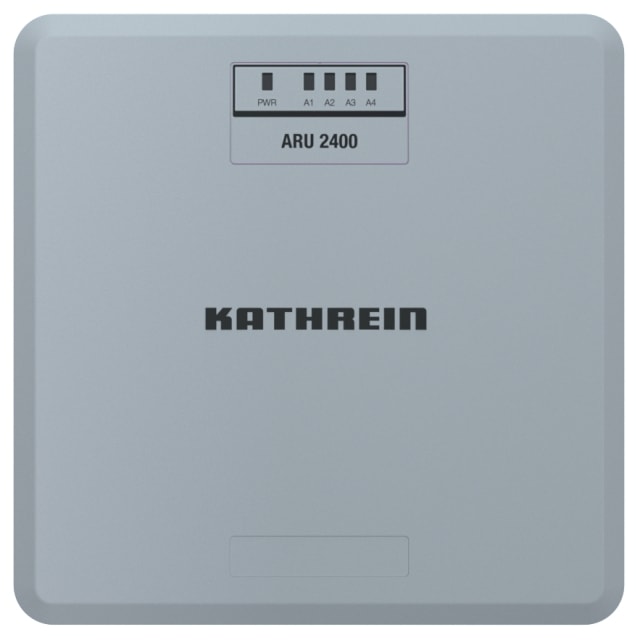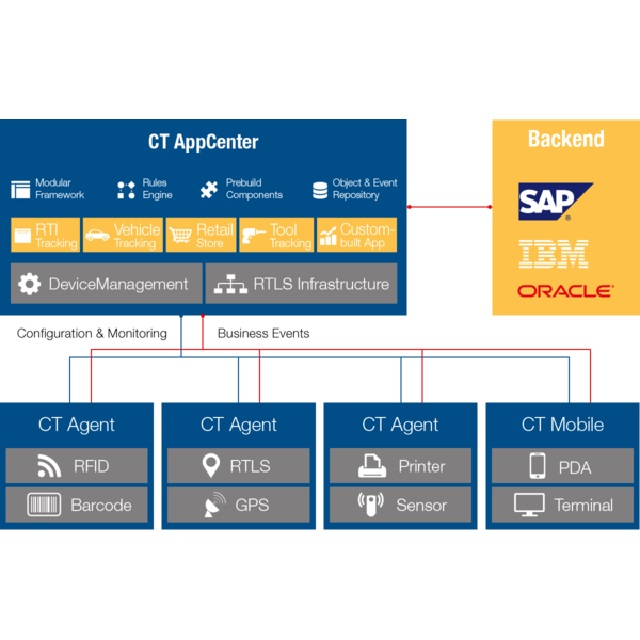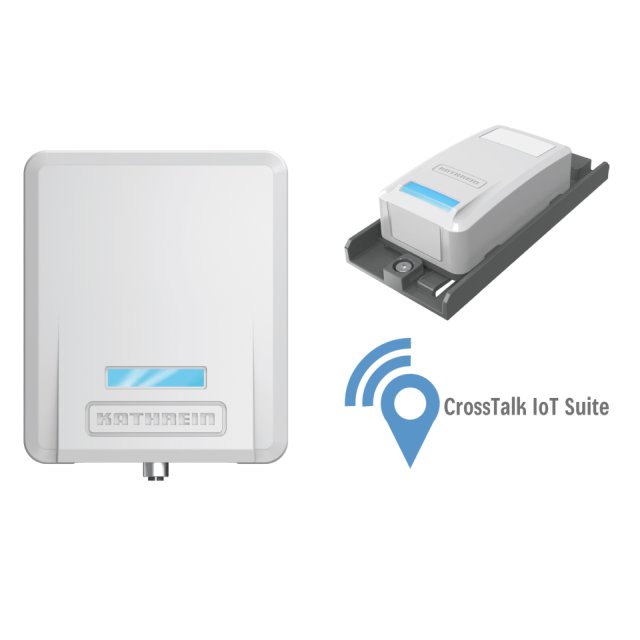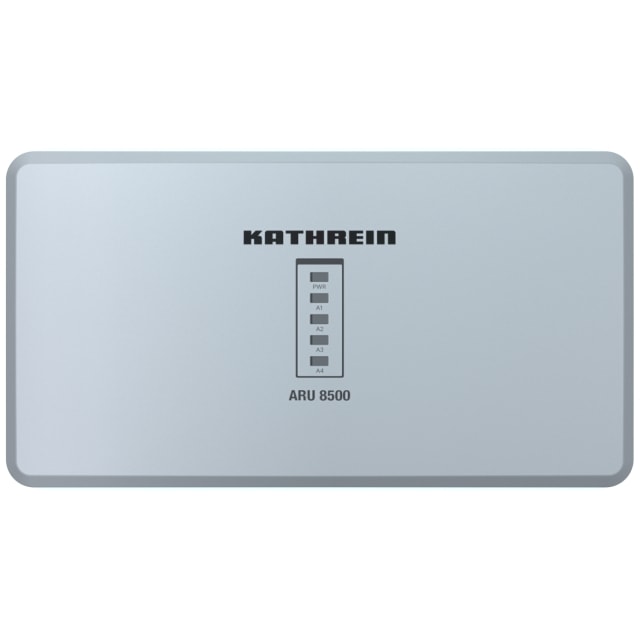Largest RFID Vehicle Tracking System Worldwide by 2024 in Egypt!
Over 100,000,000 inhabitants live in the metropolitan regions around Cairo, Alexandria, Giza, Schubra-al Chaima, Port Said, Suez, and Luxor. It is estimated that 20 million vehicles travel on a 45,000 kilometer road network in the Nile Valley and Nile Delta.
The Egyptian Ministry of Interior wants to optimize traffic control, vehicle identification and automatic vehicle registration.
For this purpose, the establishment of an RFID traffic infrastructure began in 2019 with Kathrein Solutions, a German technology partner for UHF RFID readers from Stephanskirchen.
In an interview with RFID & Wireless IoT Global, Christian Schnebinger, Deputy Sales Officer at Kathrein Solutions, reports on the successful pilot phase and its the challenges.
Egypt is Growing – and Plans for the Future
The population in Egypt is growing rapidly. The threshold of 100 million inhabitants will be exceeded in the near future. About a fifth of the population lives in the greater area of the capital Cairo. Compared to 1950, the metropolitan region has recorded growth of over 700 percent and, with an estimated 20 million inhabitants, is now one of the world's largest megacities. Although Egypt is almost three times the size of Germany, the majority of the entire population is concentrated along the Nile Delta in Cairo, Giza and Alexandria.
In order to meet the increasing space and housing needs, the Egyptian government is planning continuous development projects. New Cairo, a planned city that has been developing on the eastern outskirts of the capital since 2000, is one such project. In New Cairo, housing and mobility infrastructures for up to five million inhabitants are to be created on land that was wrested from the desert.
The planning and management of transport infrastructure is the responsibility of the Ministry of Interior, or MOI for short.
A 2.4 Percent Population Growth Rate
There are currently around 20 million cars on Egypt's roads. As the population grows, the number of vehicles will also increase. The strong growth rates in a relatively small conurbation are a particular challenge for ensuring safe and congestion-free mobility.
Live Data Meets MOI Objectives
The central IT of the UHF RFID traffic solution automatically sends live digital data on vehicles that pass the reading points to the supervisory authority. The optimization and control of the traffic flow and the identification of illegal activities are based on this data.
Stolen or unregistered vehicles without insurance cover are to be immediately withdrawn from traffic. A further goal of the Ministry of Interior is the continuous monitoring of the maximum permitted speeds.
RFID Registration is Valid for 3 Years
When the UHF RFID traffic system was introduced, the initial reactions were of a critical nature. False reports about high penalties for vehicle owners who had not yet applied for RFID identification spread.
The MOI made it clear that the cost of RFID labeling is the equivalent of 2.75 euros and is valid for three years. A prerequisite for registration and RFID identification is the verification of the technical roadworthiness of each vehicle. Overall, according to the MOI, the entire road traffic benefits from the increased transparency and optimized traffic control.
The time saved at the fully automatic toll stations is above all an advantage for drivers.
10 Million Labels for the First Rollout Phase
By the end of 2019, around five million vehicles had already been tagged with tamper- and counterfeit-proof UHF RFID windshield labels. Special headlight labels are used for motorcycles. The labels are encoded in Egypt under state supervision on a customized tag personalization system.
The tag inlay is based on UCODE DNA ICs from NXP. The tag authentication is carried out via an AES co-processor and unique 128-bit AES cryptographic key. Data protection is ensured by untraceable commands and a 128-bit AES group cryptographic key. A destructible antenna structure, die-cuts, and a VOID surface protect the tags from removal and subsequent reuse.
"Each vehicle is tagged by employees of our integration partner Go+, and by local regulatory officials. After the registration data has been synchronized, the tag is placed. The tag ID is then linked to the corresponding data record in the dedicated, cloud-based central data center via handheld capture," explains Schnebinger.
Three areas on the windshields are designated for identification, depending on whether the windows are metallized for UV protection or have a heating system for example.
"Correct positioning is crucial to ensure that data is captured reliably every day from a distance of 15 to 20 meters, even at speeds of more than 200 km/h, and that end-toend data communication is reliable," emphasizes the Deputy Sales Officer.
60 Gantries with RFID Technology for Seamless Registration
In total, 60 gantries will be equipped with a combination of UHF RFID and camera technology throughout the Egyptian road network by the end of the rollout. The ANPR (Automated Number Plate Recognition) cameras will transmit the visual data of each license plate together with the RFID data via the backend of the Ministry of Interior.
"An external high-security module ensures secure communication of captured data from each highway bridge to the government IT application," says Schnebinger. Once a vehicle has been tagged and the ID linked to the database, the tag is captured every time the vehicle passes through.
"The Kathrein Solutions RRU 4500 UHF RFID readers, which are installed by our local integration partner together with 30° wide-range antennas, ensure permanently secure, lane-selective vehicle identification."
Data Know-How from Egypt and Germany Combined
Two solutions are used to optimize data management between the reading points, the backend and end devices, such as terminals in police vehicles. The collection and communication of RFID and camera data at the gantries is carried out via the CrossTalk IoT Suite from Kathrein Solutions.
"CrossTalk is able to process raw data from different sources, independent of technology and manufacturer, and provide this data in the desired event format", explains Schnebinger. The entire data management in the cloud and applications for visualization are developed and programmed by Go+.
Automatic Toll Collection and Services via Apps
With the introduction of the combined RFID camera solution, the MOI plans to simplify the billing of tolls. Drivers should be able to pass toll stations without stopping. After each passage, drivers are to be informed by SMS about the amount billed.
The MOI plans to provide vehicle owners and drivers with additional services via official apps using electronic vehicle registration. Every car owner is requested to have his vehicle tagged with a label at one of the registration points.






